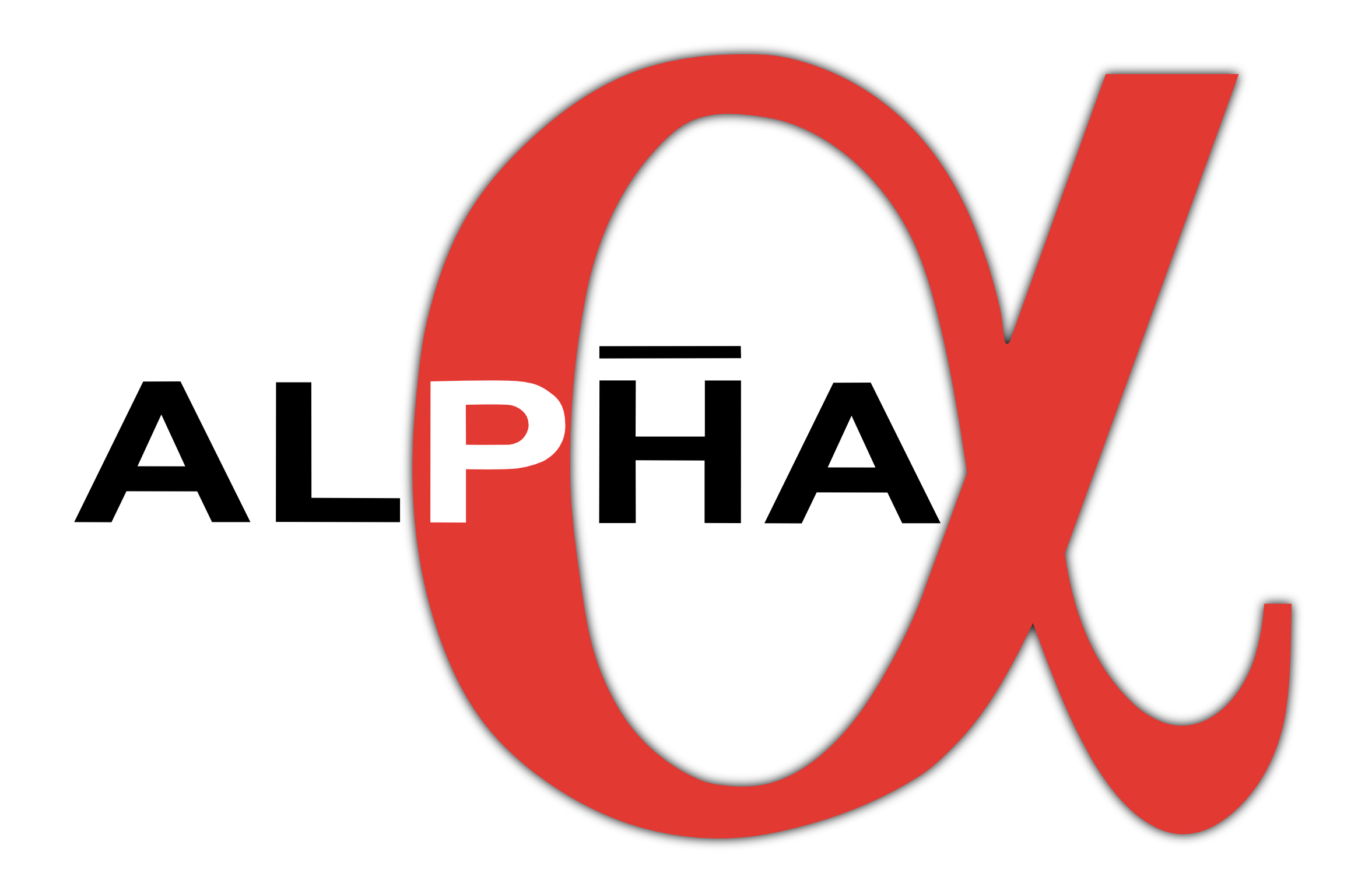Antihydrogen spectroscopy promises precise tests of the symmetry of matter and antimatter, and can possibly offer new insights into the baryon asymmetry of the universe. Antihydrogen is, however, difficult to synthesize and is produced only in small quantities. The ALPHA collaboration is therefore pursuing a path towards trapping cold antihydrogen to permit the use of precision atomic physics tools to carry out comparisons of antihydrogen and hydrogen. ALPHA has addressed these challenges. Control of the plasma sizes has helped to lower the influence of the multipole field used in the neutral atom trap, and thus lowered the temperature of the created atoms. Finally, the first systematic attempt to identify trapped antihydrogen in our system is discussed. This discussion includes special techniques for fast release of the trapped anti-atoms, as well as a silicon vertex detector to identify antiproton annihilations. The silicon detector reduces the background of annihilations, including background from antiprotons that can be mirror trapped in the fields of the neutral atom trap. A description of how to differentiate between these events and those resulting from trapped antihydrogen atoms is also included.
N. Madsen, G. B. Andresen, M. D. Ashkezari, M. Baquero-Ruiz, W. Bertsche, P. D. Bowe, C. Bray, E. Butler, C. L. Cesar, S. Chapman, M. Charlton, J. Fajans, T. Friesen, M. C. Fujiwara, D. R. Gill, J. S. Hangst, W. N. Hardy, M. E. Hayden, A. J. Humphries, R. Hydomako, S. Jonsell, L. V. Jørgensen, L. Kurchaninov, R. Lambo, S. Menary, P. Nolan, K. Olchanski, A. Olin, A. Povilus, P. Pusa, F. Robicheaux, E. Sarid, S. Seif El Nasr, D. M. Silveira, C. So, J. W. Storey, R. I. Thompson, D. P. van der Werf, J. S. Wurtele, and Y. Yamazaki
